Given the current sensitive political climate and the variation of gun laws between states, moving your guns across state lines can seem like a daunting task. Most states have fairly strict regulations when it comes to firearms, and federal law suggests “travelers must be aware of these laws and comply with legal requirements in each jurisdiction.”
If you’re moving across the country, you’ll potentially be facing a different set of laws every day in every state. That can turn into a lot of research very quickly. The tips below will give you some great general guidelines on how to take your guns on an interstate move safely and legally.
Because most federal guidelines defer to state interpretation for gun regulation, it’s important to check all applicable state laws before making a move with firearms. Be very thorough as you research — some states treat all guns equally, for example, where others regulate handguns more strictly than long guns. You don’t want to be stuck in an unfamiliar state without a basic understanding of the laws that apply to your particular situation.
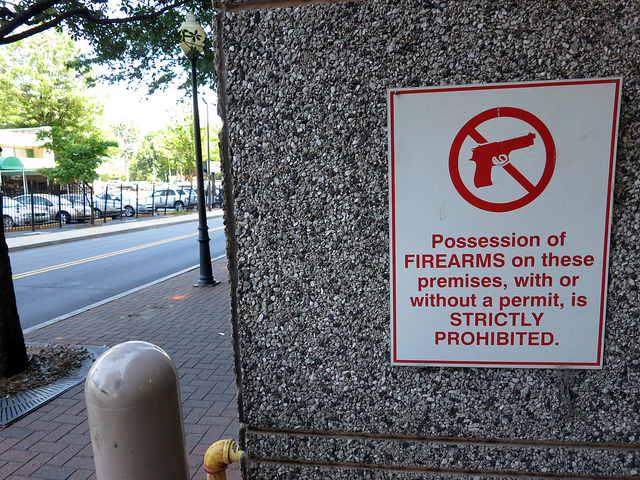
Photo by Daniel Lobo/Flickr
There are several handy online tools that allow you to check state gun laws, but it’s also a good idea to reach out to state governments to verify their expectations.
Ensure that all guns are unloaded and safety mechanisms are on. You can also make use of trigger locks or break the weapons down into separate pieces as an added precaution. Take the time to document the guns as well — photograph each piece, and write down the make, model, and serial number. If you have hard cases, use them and lock them. If you don’t have hard cases, wrap the guns in protective packaging materials, box them, and label the box discreetly.
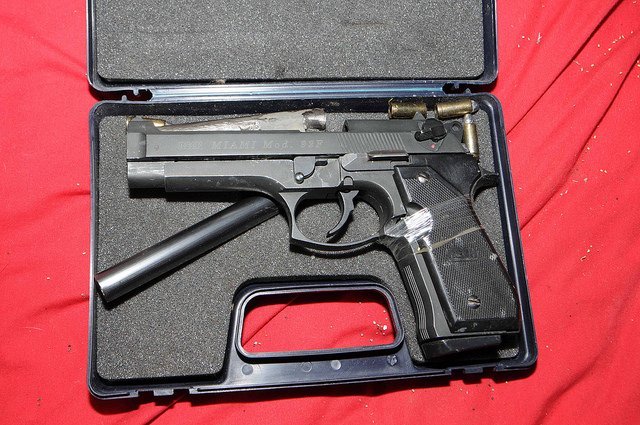
Photo by The National Crime Agency/Flickr
Make sure that all documentation — including any permits and registrations, both for the state you’re leaving and for your destination state — remains accessible in the event that you are stopped along the way.
The Firearm Owners Protection Act is designed to protect firearm owners transporting their possessions locally or across state lines. You’ll have to actively take steps to stay in compliance with the act along your route. For instance, you’ll need to keep your firearms and ammunition in separate, locked containers that are both inaccessible from the front portion of the vehicle — the trunk is usually the safest bet. If you fail to follow those guidelines and choose to travel with a loaded gun, all state and regional regulations for gun carrying will apply, making the journey substantially more complicated.
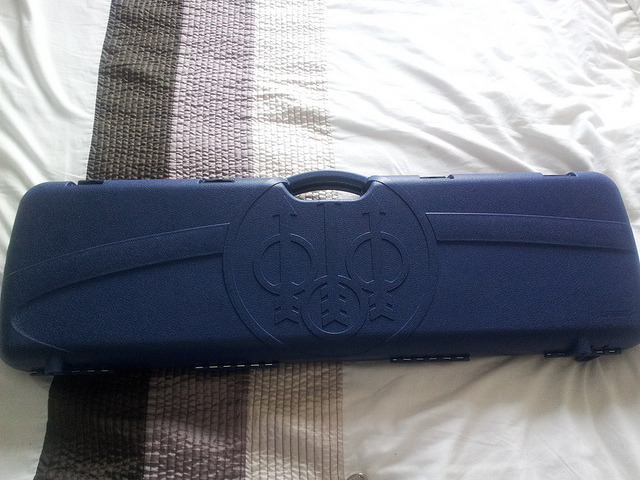
Photo by David Wilkinson/Flickr
Keep in mind that FOPA may not protect you from being arrested. New York, for example, considers the act an “affirmative defense,” which means it can only be invoked after you’ve been arrested. The law’s translation varies region to region and may carry more power in certain areas. It’s wise to take the most cautious approach any time you need to transport guns.
If you’d rather use a moving company to transport your guns, it is imperative to let the movers know what they’ll be carrying. By law, movers can transport unloaded firearms. However, they cannot transport potentially combustible items, meaning you’ll have to move any ammunition yourself.
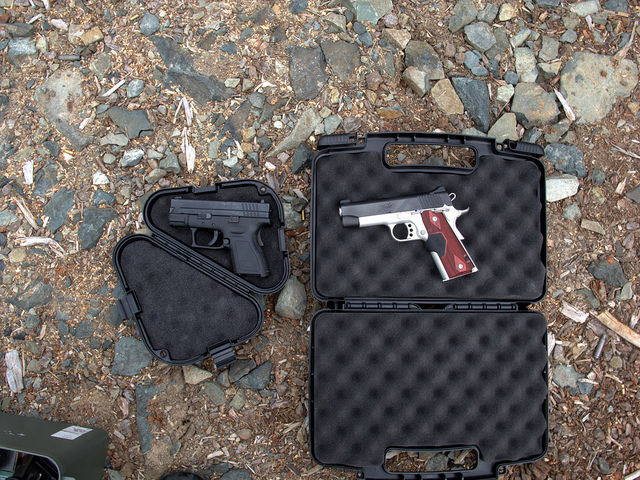
Photo by Jordan Greenberg/Flickr
Some moving companies may have policies in place regarding firearm protocol. The movers may request to be present when the gun is sealed in its box, to verify it in their inventory process. The U.S. Bureau of Alcohol, Tobacco, Firearms and Explosives (ATF) also stipulates that guns being transported by third-party carriers cannot be labeled as firearms, so many movers will simply label the container as “household goods.”
As when handling guns at the range or while hunting, use the utmost care when transporting weapons of any kind. Whether you’re moving the guns yourself or letting movers do the heavy lifting, it’s important to take the process seriously. If you are stopped, make sure you clearly and neutrally declare the firearm. Even if the gun is completely broken down and inaccessible, authorities need to be made aware.
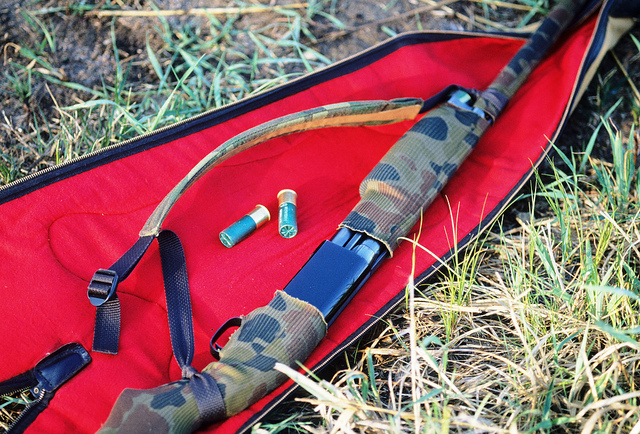
Photo by Wisconsin Department of Natural Resources/Flickr
While you may still bump into state law despite your best efforts, your willingness to travel safely and your efforts to comply with local and federal law will help your case.
Note: This isn’t a comprehensive list of firearm regulations or safe practices. Federal and state gun laws are constantly changing, so you’ll want to thoroughly familiarize yourself with the laws that apply to your unique situation before you start on your move.
Navigating gun laws through multiple states can seem overwhelming, but it’s definitely feasible. Just remember to practice the basic safety rules of gun handling, clearly communicate with all parties involved with the move, and exercise some common sense. By working together with state authorities and your movers, you should be able to safely and quickly transport your guns without running into trouble.
Featured photo by 06AngusSG/Flickr